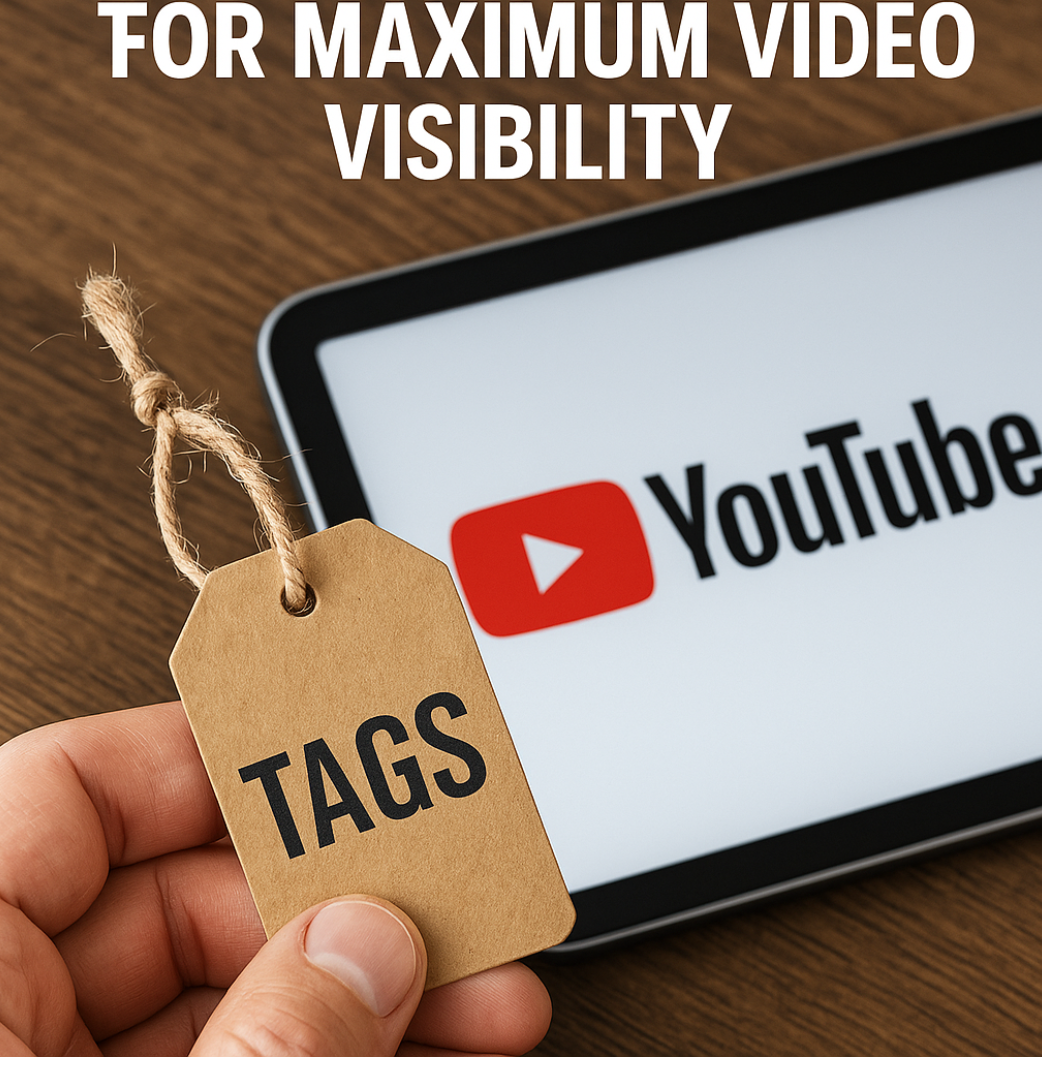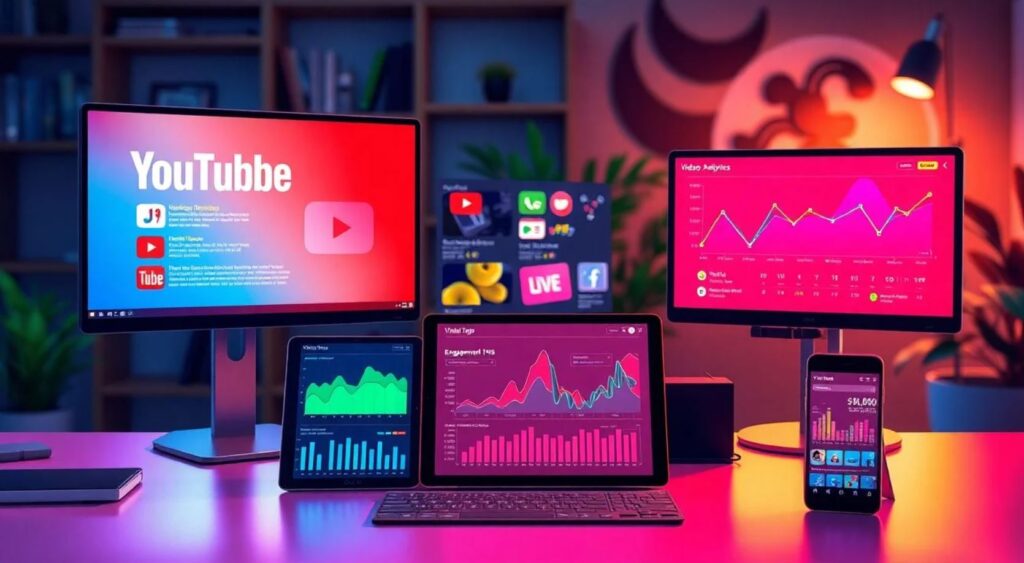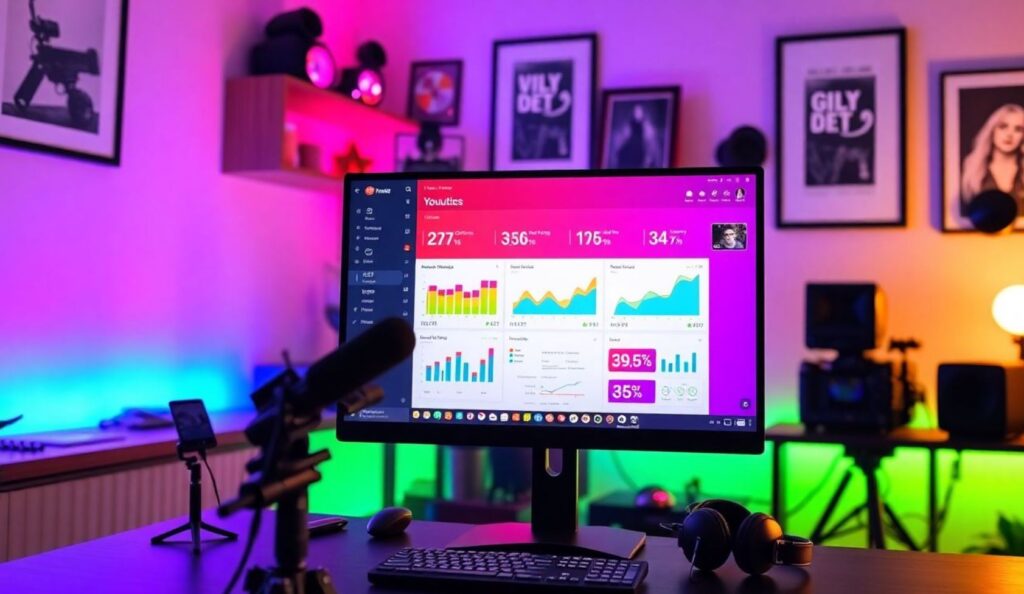Unlocking the full potential of your YouTube videos hinges on one crucial factor—tags. Proper tagging can fuel your content to be discovered and help your videos reach more viewers. In this guide, you’ll learn how to pick the right tags, use them effectively, and stay ahead with the latest strategies to grow your channel.
Understanding YouTube Tags and Their Role in Video Optimization
YouTube tags are descriptive words or phrases added to your videos. They tell YouTube what your content is about. When you include relevant tags, your videos are more likely to appear in search results and suggested video lists. Recent updates let YouTube focus more on content quality, but tags still help guide viewers to your videos. As algorithms get smarter, using targeted tags becomes even more important for standing out.
How to Choose Effective YouTube Tags
Conducting Keyword Research for YouTube Tags
Start by exploring what people are searching for. Use the search suggest feature on YouTube to see common search queries related to your topic. For example, type “how to bake” and note the auto-suggestions.
Tools like TubeBuddy and vidIQ can help you find keywords with high search volume. Google Trends is also handy for spotting trending topics. Look at how competitors tag their videos to find ideas you might miss.
Aligning Tags with Your Content and Audience
Always keep your tags relevant. Think about what your viewers are searching for and choose specific words tied to your video. For broader reach, mix general tags with niche ones. For example, if you’re making a video about vegan recipes, use tags like “vegan lunch ideas” and “healthy plant-based meals.”
Avoid misleading tags or ones that violate YouTube guidelines. Misusing tags can hurt your channel or get your videos flagged.
Tagging Best Practices for YouTube Videos
- Use up to 15-20 tags, but quality beats quantity.
- Place your main keywords at the very start.
- Combine trending tags with evergreen tags that will stay relevant long-term.
- Include branded tags like your channel name or hashtag to build recognition.
Types of YouTube Tags and Examples
Descriptive Tags and Keywords
These tags clearly describe your content. They help your videos rank higher in searches. For a tech review, include specific product names like “iPhone 15 review” or “best gaming laptops 2024.” For cooking, use terms like “easy pasta recipes” or “vegan breakfast ideas.” Tailor tags to your niche for better results.
Trending and Popular Tags
Capitalize on current trends by adding popular tags. If a new gadget is trending, include those keywords. Viral topics can push your content into front pages or suggested videos. For example, during a trending challenge, include the challenge name as a tag.
Long-Tail Tags for Niche Targeting
Long-tail tags are specific phrases that attract viewers looking for detailed content. Instead of “cooking,” use “easy vegan meal prep ideas for beginners.” They help you reach smaller audiences that are more likely to watch and subscribe.
Branded Tags and Campaign-Specific Tags
Create unique tags linked to your brand or campaign. For example, Emma Chamberlain uses her name as a branded tag. MrBeast often includes tags related to his challenges or giveaways. These tags strengthen brand recognition and help fans find your content easily.
Do’s and Don’ts of YouTube Tagging
Best Practices for Tag Optimization
- Always keep your tags relevant; irrelevant tags hurt your rankings.
- Use trending tags wisely to tap into current buzz.
- Regularly update your tags based on performance data.
- Keep an eye on what’s working and refine as needed.
Common Mistakes to Avoid
- Don’t stuff too many tags in—stick to 15-20 relevant ones.
- Avoid using unrelated tags just to get views.
- Do not use misleading or banned keywords.
- Never ignore your analytics; they reveal what’s working.
Tools and Resources for Finding YouTube Tag Ideas
- TubeBuddy and vidIQ provide keyword suggestions and insights.
- Use Google Keyword Planner and Google Trends for broader search data.
- Browser extensions can suggest tags directly while you watch related videos.
- Explore social media hashtags for trending topics to incorporate in your tags.
Measuring the Impact of Your Tags
Check your YouTube Analytics regularly. See how your videos perform with different tags by tracking views, watch time, and suggested video placements. Adjust your tags based on what gets the most engagement. Testing and refining is key to staying ahead.
Future Trends in YouTube Tagging
AI and machine learning are starting to influence how tags work. YouTube is moving toward better understanding of content beyond just tags, like captions and descriptions. Expect tags to become part of a larger system that tailors content based on viewer preferences. Staying updated now can give you a major advantage.
Also Read: YouTube Insights: Unlocking the Power of Data to Boost Your Channel Growth
Conclusion
Effective tagging is a potent tool to boost your YouTube video visibility. Focus on relevant, well-researched tags, balance trending and niche keywords, and continuously test what works best. As you fine-tune your approach, your videos will reach wider audiences, leading to more views, engagement, and growth. Keep experimenting and adapting your strategy, and the results will follow.





One Comment